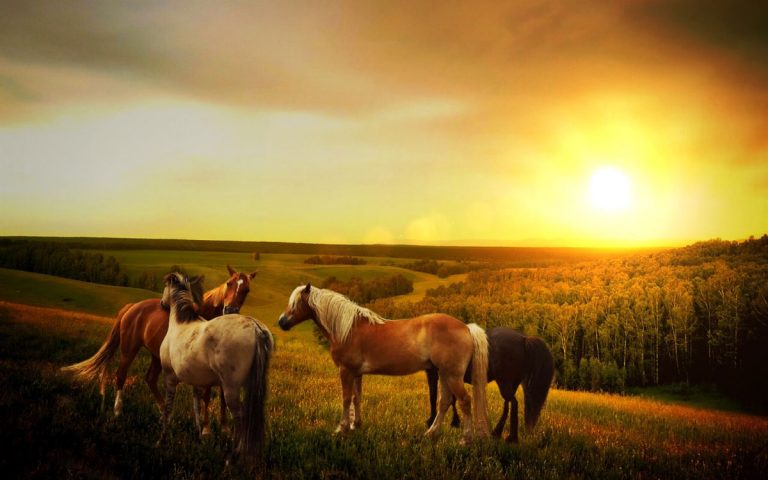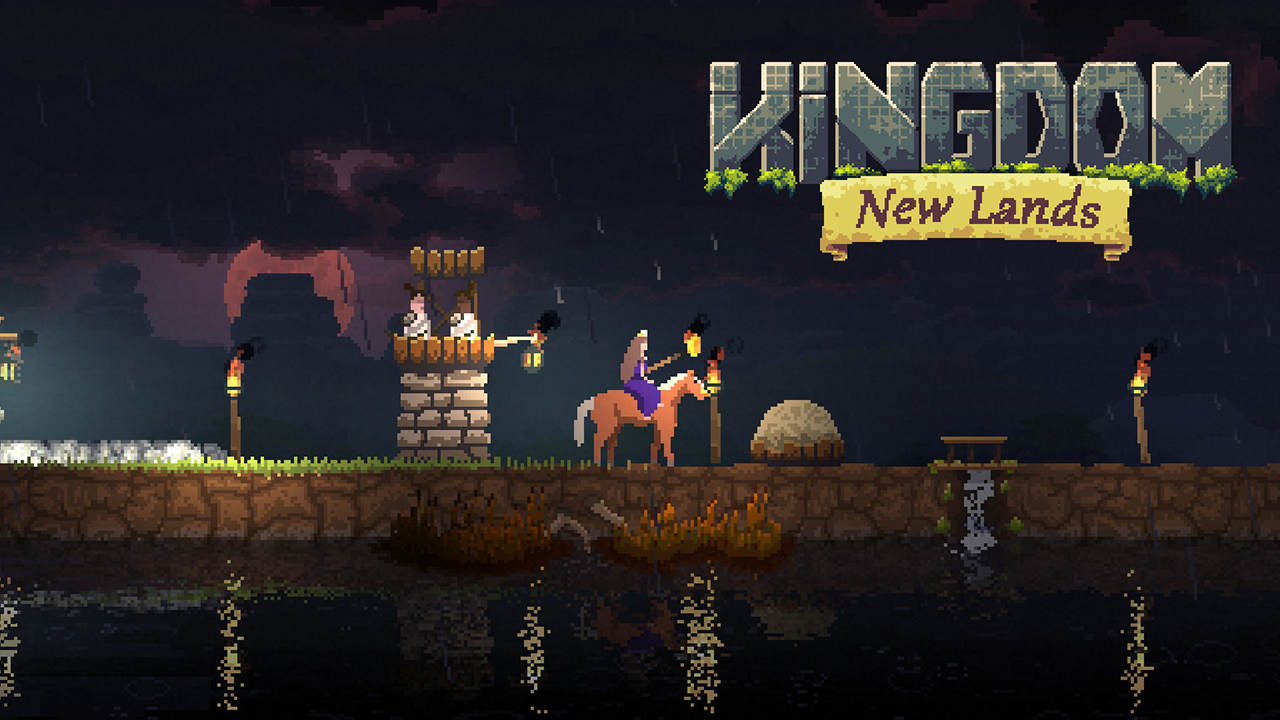
The 1971 Act stipulated that the wild horse be managed at its then-current population level, officially estimated by BLM at 17,000 (three years later, BLM’s first census found over 42,000 horses). The history of wild horse management is as complex as it is controversial. In a mechanized world, not even the cattle industry has a need for living horsepower. What is useful is used, what is not is destroyed-with contempt.

Their responsibilities also include issuing public land grazing permits to cattle ranchers. Forest Service were appointed to implement the 1971 Act (most herd areas are under BLM jurisdiction). The Bureau of Land Management (BLM) and the U.S. Wild horse numbers grew and consequently encouraged the wrath of ranchers who enjoy subsidized grazing for their cattle on the public domain. Wild Horse Annie’s 1959 legislation allowed the mustang (from the Spanish word mestengo, or “stray beast”) to get a desperate foothold in the American West. And so the Wild Free-Roaming Horse & Burro Actwas passed, declaring that “wild horses and burros are living symbols of the historic and pioneer spirit of the West that they contribute to the diversity of life forms within the Nation and enrich the lives of the American people and that these horses and burros are fast disappearing from the American scene.” The Act was later amended by the Federal Land Policy and Management Act of 1976 and the Public Rangelands Improvement Act of 1978.īy the people, of the people, for the people. President Nixon signed the bill into law on December 15, 1971. history there wasn’t a single dissenting vote, and one congressman alone reported receiving 14,000 letters. In the end, it was public outcry that ended the open-faced carnage - and it came from the nation’s schoolchildren and their mothers: in 1971, more letters poured into Congress over the plight of wild horses than any other non-war issue in U.S. Her crusade led to the passage of a 1959 law that banned the use of motorized vehicles and aircraft to capture wild horses. “Wild Horse Annie.” After seeing blood coming from a livestock truck, she followed it to a rendering plant and discovered how America’s wild horses were being pipelined out of the West. Like the bison, the wild horse had been driven to the edge.
#KINGDOM NEW LANDS HORSES FULL#
They were run off cliffs, gunned down at full gallop, shot in corralled bloodbaths, and buried in mass graves. They were chased by helicopters and sprayed with buckshot they were run down with motorized vehicles and, deathly exhausted, weighted with tires so they could be easily picked up by rendering trucks. More than 1 million had been conscripted for World War I combat the rest had been hunted for their flesh, for the chicken feed and dog food companies, and for the sport of it. But by the time the wild horse received federal protection in 1971, it was officially estimated that only about 17,000 of them roamed America's plains. Frank Dobie, their numbers in the 19th century reached more than 2 million.

From their hands, a few escaped onto the American canvas and reverted to a wild state.Īccording to Western writer J.

After evolving into Equus and disappearing into Asia and Africa presumably 11 to 13 thousand years ago, the horse returned to our soil with the Spanish in the early 1500s.

In fact, this forerunner to the modern horse was traced to the Tennessee Valley. America’s Disappearing Wild Horsesįifty million years ago, a small dog-like creature called Eohippus evolved on the North American continent.


 0 kommentar(er)
0 kommentar(er)
